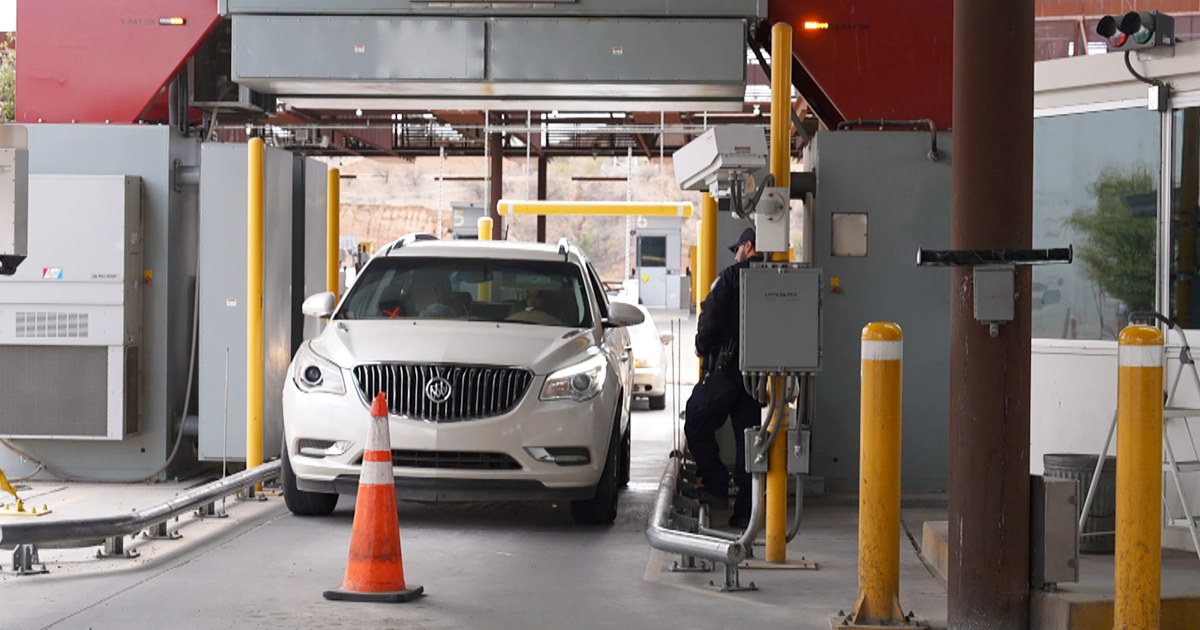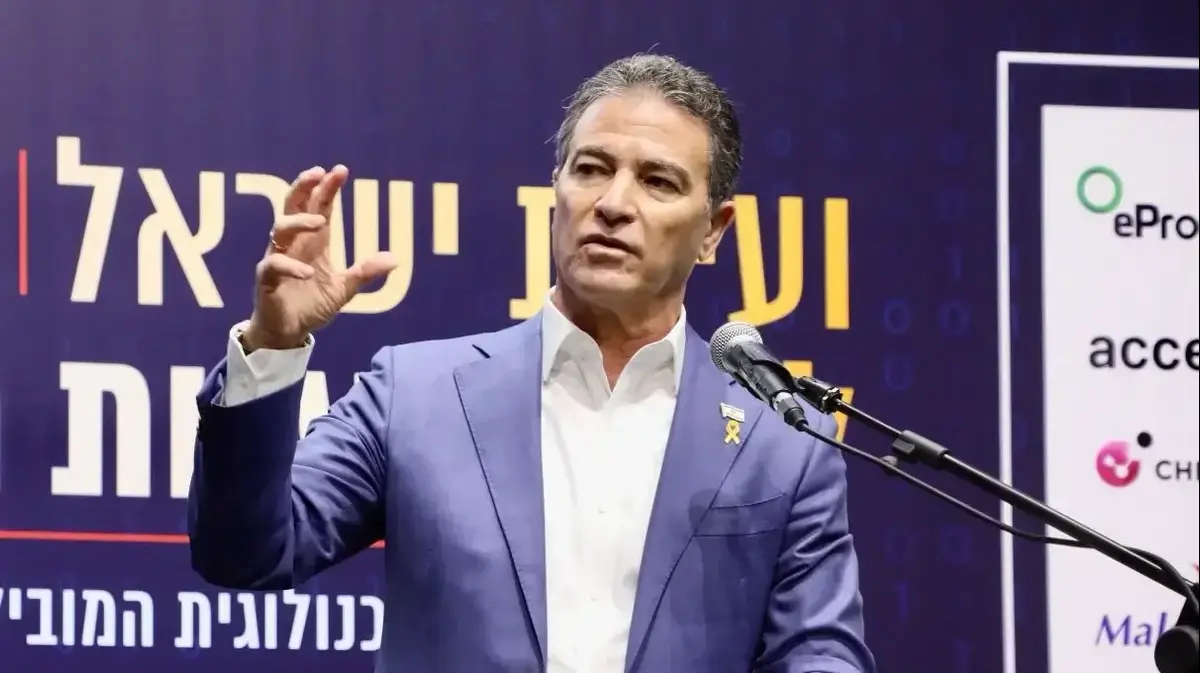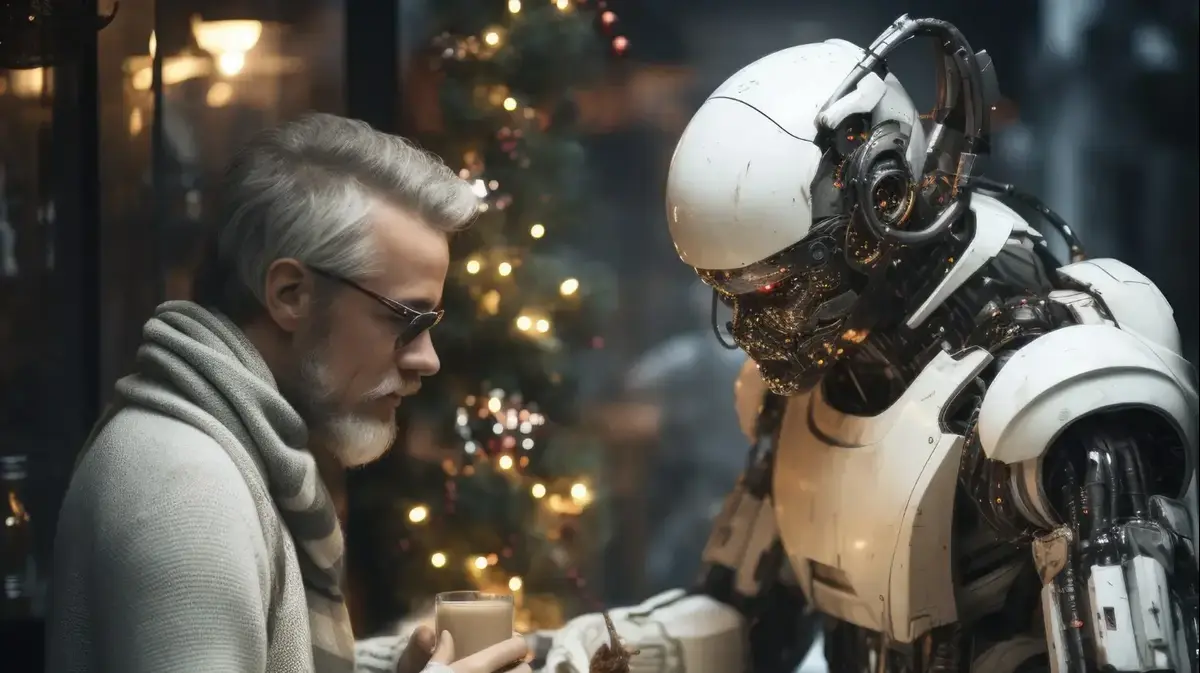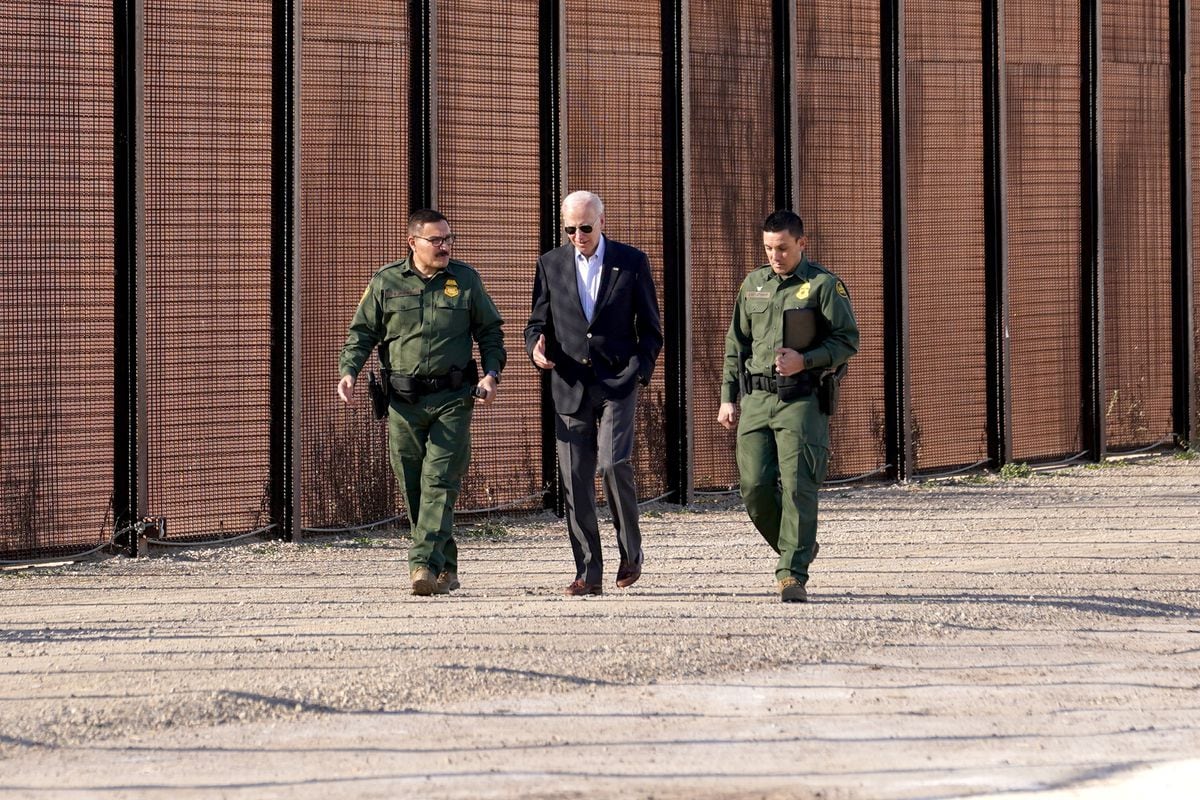Less waiting time in a narrow airlock and, above all, fewer failures for the computer. Powerful algorithms will soon help automatic border crossing devices to see more clearly and especially to save them precious seconds in the processing of the flow of passengers. Supposed to replace border police officers in stations and airports, automated rapid crossings at external borders (Parafe) have been increasing in France for three years in order to facilitate the arrival of travelers and above all to avoid costly traffic jams for operators. of transport.
Problem: the system based on facial recognition technology and biometric passports is experiencing some bugs and some impatient users sometimes force the passage and find themselves several in the airlock. "Artificial intelligence will detect and separate individuals but also, for example, automatically distinguish the caregiver of a person with reduced mobility from another passenger in a hurry", indicates Yann Haguet, head of the IN Group Identity Center ( ex-Imprimerie Nationale), the company that installs and maintains Parafe in the airports of Nice, Lyon or Bordeaux but also in the port of Calais or the Mont-Blanc tunnel.
Developed by the Parisian start-up Datakalab, the algorithms will also detect the wearing of glasses or the position of the face so that the control terminal automatically encourages the traveler to remove them or to look at the camera.
"Our software uses neural networks which identify, compare and interpret the movements of entrants into the airlock", explains Xavier Fischer, boss of the start-up which became known last year for having deployed the detection of wearing the mask in the Paris metro.
A short-lived experiment interrupted following reservations made by the Cnil (National Commission for Informatics and Freedoms).
No images stored
There is no question here of facial analysis and in-depth facial recognition by a centralized “Big Brother” system. "It is real-time calculation on a small independent computer and therefore without risk of interception of images", defuses Yann Haguet of IN Group. "The image is processed in less than 100 milliseconds and it does not have time to become personal data because the algorithms to be efficient do not process the video stream provided by the cameras and do not see the pixels", adds Xavier Fischer.
The data does not leave the machine on which it is processed by the software solution.
Artificial intelligence has trained and learned for this for weeks on synthetic images of people with suitcases, hats or a mother with her child on her back to prepare for all scenarios and adapt the computer to a complex situation.
With the final objective of further cutting back on the fifteen seconds that an automatic passage should take in theory.
The addition of this software brick to Parafe must still be validated by the Ministry of the Interior in the coming weeks before being deployed.
In time to make end-of-year travel less restrictive?









